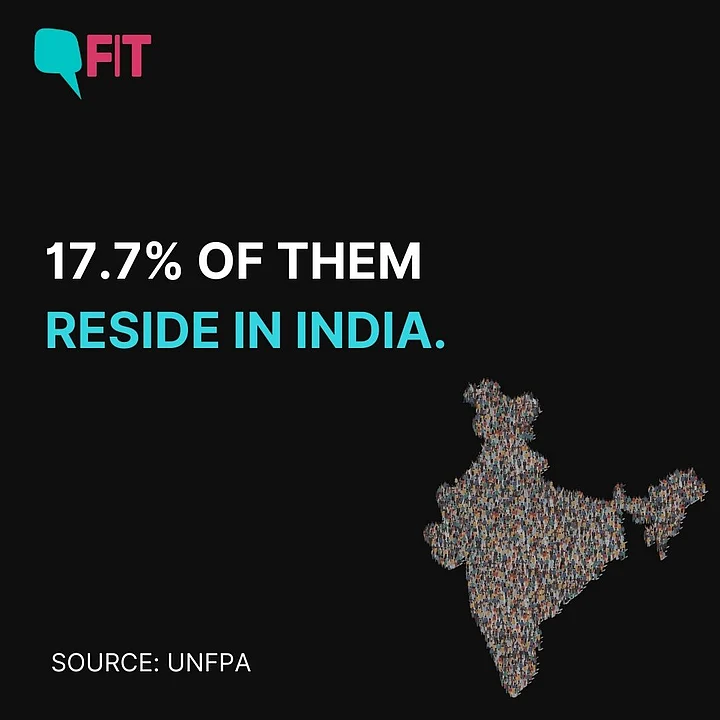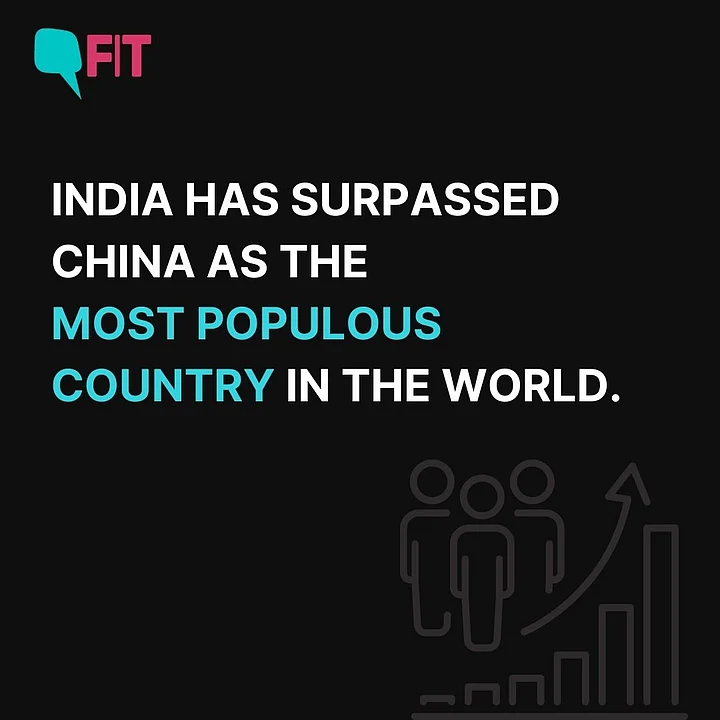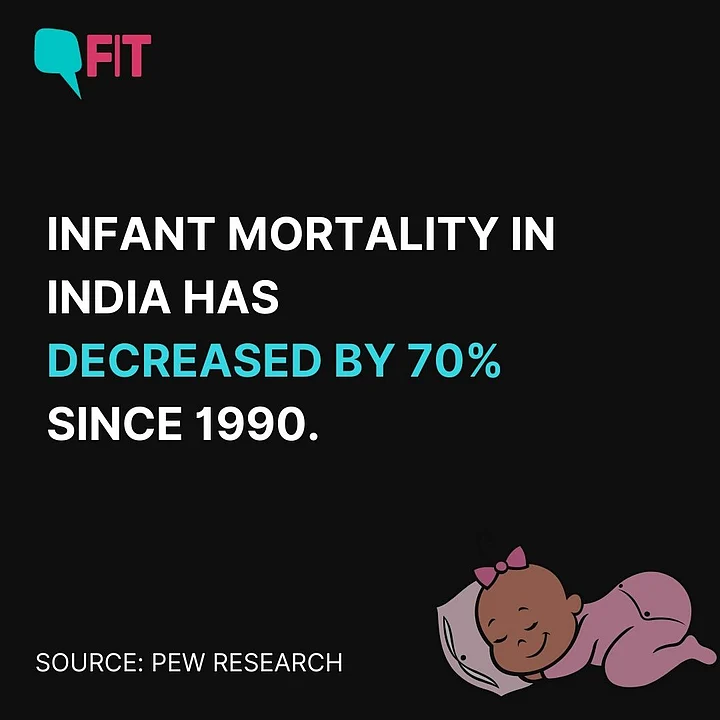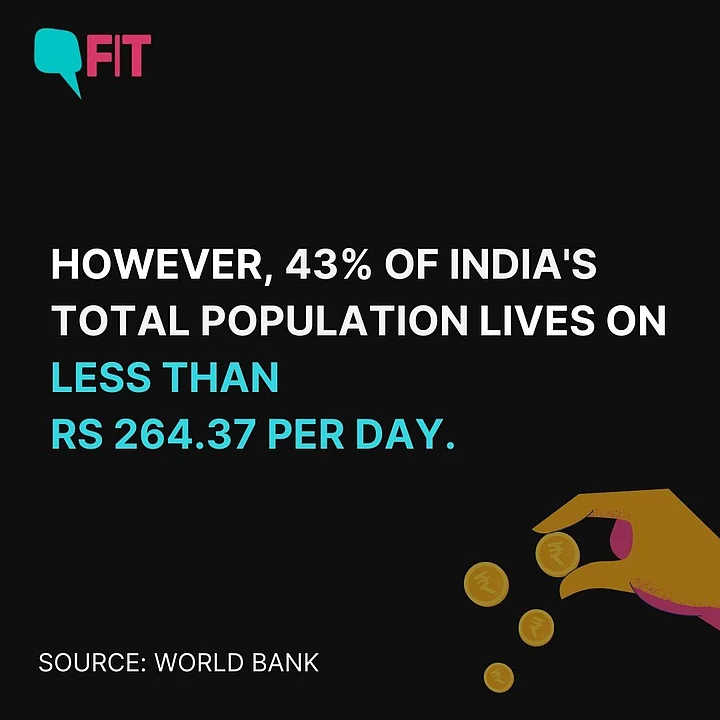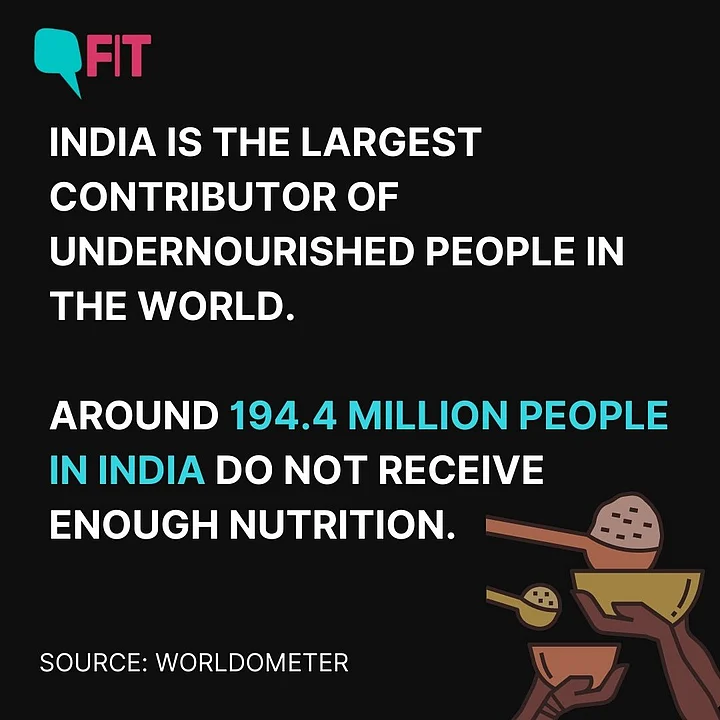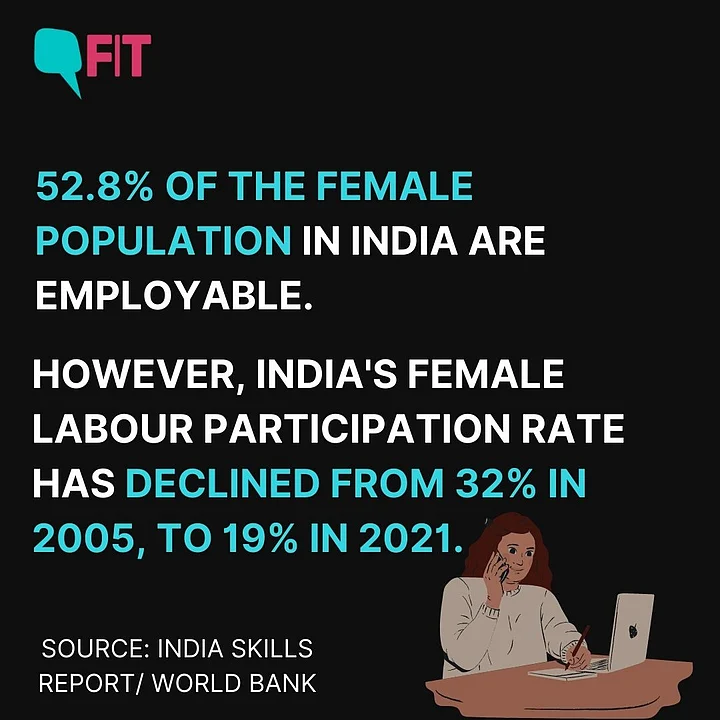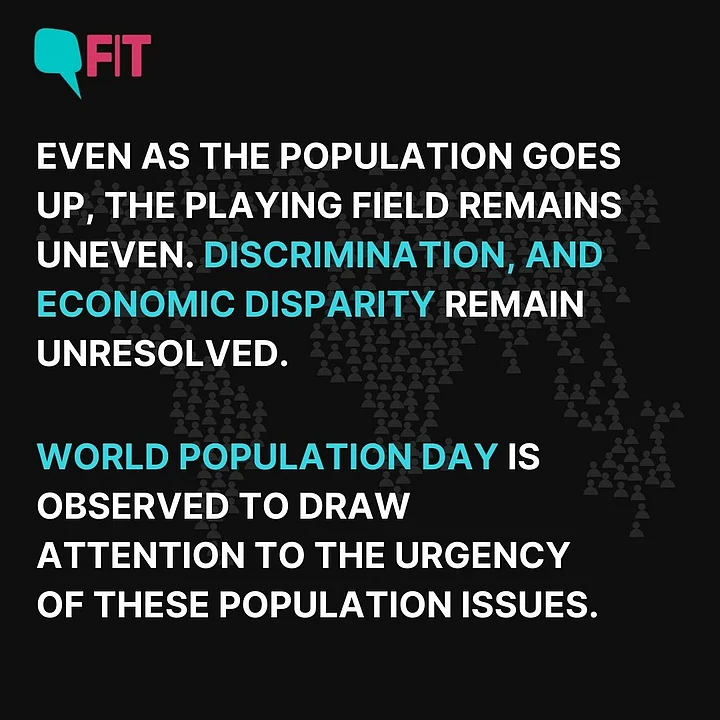Every year, 11 July is observed as World Population Day in an attempt to highlight global population data and issues linked to fertility rates, gender parity in school enrolment and employment, health, and welfare. The aim, essentially, is to pave a path for sustainable existence even as the population continues to grow.
World Population Day was first established in 1989 by the Governing Council of the United Nations Development Programme.
This year's theme is 'Unleashing the power of gender equality: Uplifting the voices of women and girls to unlock our world’s infinite possibilities.'
This world population day, let's zoom into some population data in India.
According to UN estimates, the eight billionth person on earth was born in November 2023. With a population of over 1.4 Billion people, earlier this year, India surpassed China to become the most populous country in the world.
According to the UN, while China's population seems to have peaked and is experiencing a decline, India’s population is likely to keep growing.
As per a report by the Pew Research Centre, this projected growth in population in India mainly has to do with three main factors:
A relatively younger population (of reproductive age)
High fertility rate (compared to the other most populous countries, China, and the US)
Decreasing infant mortality rate
Since 1990, Indias infant mortality has decreased by 70 percent, according to the report.
But, it's not all good news.
More people means more mouths to feed.
India is the largest contributor of undernourished people in the world.
Around 194.4 Million people in India do not receive enough nutrition.
It also puts a strain on resources.
Roughly 6 percent of India's population lacks access to Safe Water, and 229 million lack access to proper sanitation, according to water.org.
Unemployment and underemployment continue to be pressing issues in India.
A large portion, specifically, 43 percent of India's total population, lives on less than RS 264.37 per day, according to the World Bank.
There is also the worrying trend of women disappearing from the workforce.
While 52.8 percent of the female population in India are employable, India's female labour participation rate has declined From 32 percent in 2005 to 19 percent in 2021.
The bottom line is that even as the population goes up, the playing field remains uneven. Discrimination, and Economic Disparity remain unresolved, and World Population Day is observed to draw attention to the urgency of these population issues.
(At The Quint, we question everything. Play an active role in shaping our journalism by becoming a member today.)


